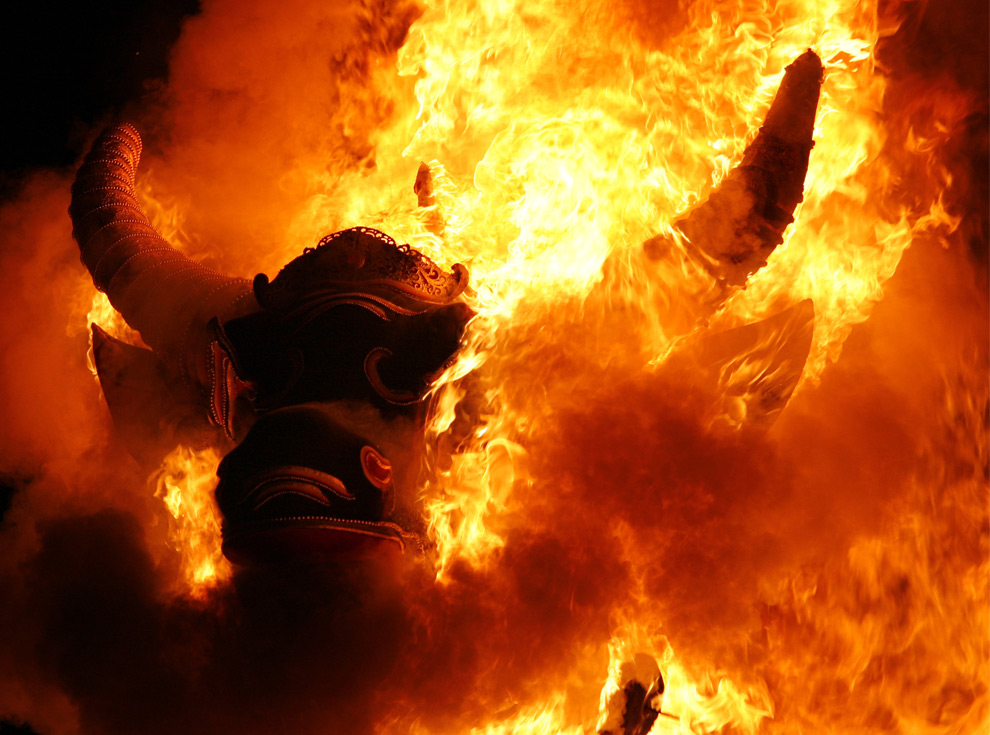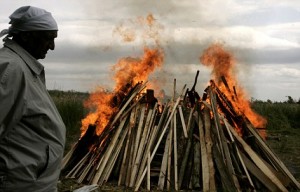Morbid Ink: Field Notes on the Human Memorial Tattoo
An Illustrated Lecture with Dr. John Troyer, Deputy Director, Centre for Death and Society, University of Bath
Date: Tuesday July 20th, 2010
Time: 8:00pm
Admission: $5
On Tuesday, July 20 I am giving a talk in Brooklyn on memorial tattoos. The talk, Morbid Ink: Field Notes on the Human Memorial Tattoo, focuses on research that I have been doing for a number of years. Many thanks to Joanna Ebenstein who runs the Morbid Anatomy Library for inviting me to speak.
The academic side of this research has really only taken place during the last year. But the tattoo side of my work started in 1994 when I got my first memorial tattoo for my maternal grandfather. Since 1994, I have gotten a tattoo for each of my grandparents, in the order of their deaths, down my spine. I went to the same tattoo artist for each of the tattoos, Awen Briem, and you can see her work at her studio Art With a Point. In 2008, I got tattoos for both my parents (who are still alive) as a way of honoring them before they die. Each of these tattoos is a 1/4 long sleeve down both my left and right arms. Awen did an amazing job with these tattoos too.
All of this is to say that I have spent hours and hours (and more hours…) thinking and talking with Awen about why people get tattoos. It became apparent, based purely on Awen’s anecdotes, that memorial tattoos were becoming more and more common. In case you are looking for a definition, the Memorial Tattoo is most easily described as a tattoo which a person gets after someone they know dies. The deceased can be a good friend, a spouse, sibling, lover, etc. Now, the memorial tattoo can also be for a dead pet and I see this kind of tattoo more and more. Indeed, Awen ran some numbers and roughly 50% of her memorial tattoos are for pets. This all makes sense to me since pets became a companion species for humans long ago.
The talk on July 20th will discuss a variety of issues which I think memorial tattoos produce. Some of these issues include how meaning is assigned to a memorial tattoo, what marking a living body with representations of death entails, and current innovations in memorial tattooing.
I will also talk about the strange and peculiar avenues this particular research interest has taken me down. My favorite example is that the Death Reference Desk has itself become part of my research.
Last July, I posted an article on Death Ref about a gentleman who got cremated human remains mixed into the ink used for a memorial tattoo. As a result of that post, the Death Reference Desk has started receiving questions about the ins and outs of mixing cremated remains into tattoo ink.
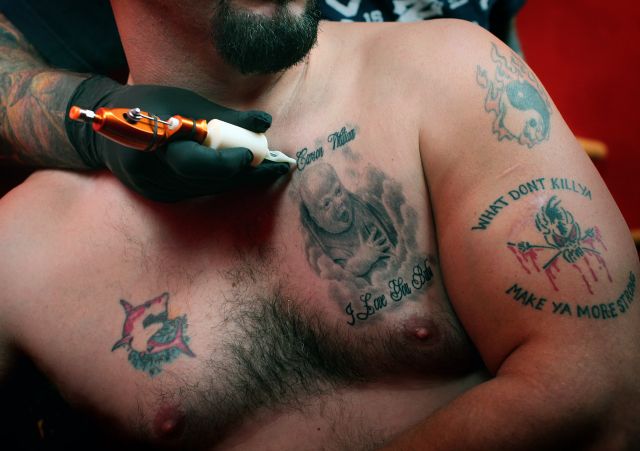
And since Death Ref has always functioned as a reference desk, Meg, Kim and myself have responded to all the queries. Meg, in particular, has gone to great lengths to answer these questions and those responses are still available here: Using Cremains in Memorial Tattoos. You can also find more on memorial tattoos here.
It turns out that quite a few people have thought about/are thinking about mixing a pinch of human ash (almost always from the deceased) into the ink being used for a specific memorial tattoo.
I’m not surprised in the least. Within the logic of why people get memorial tattoos, it makes complete sense.
If you are in the Brooklyn area Tuesday and/or know someone who is, then send them to the Morbid Anatomy Library at 543 Union Street, Brooklyn, New York 11215 for the talk.
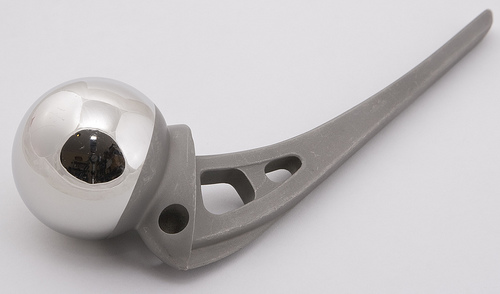
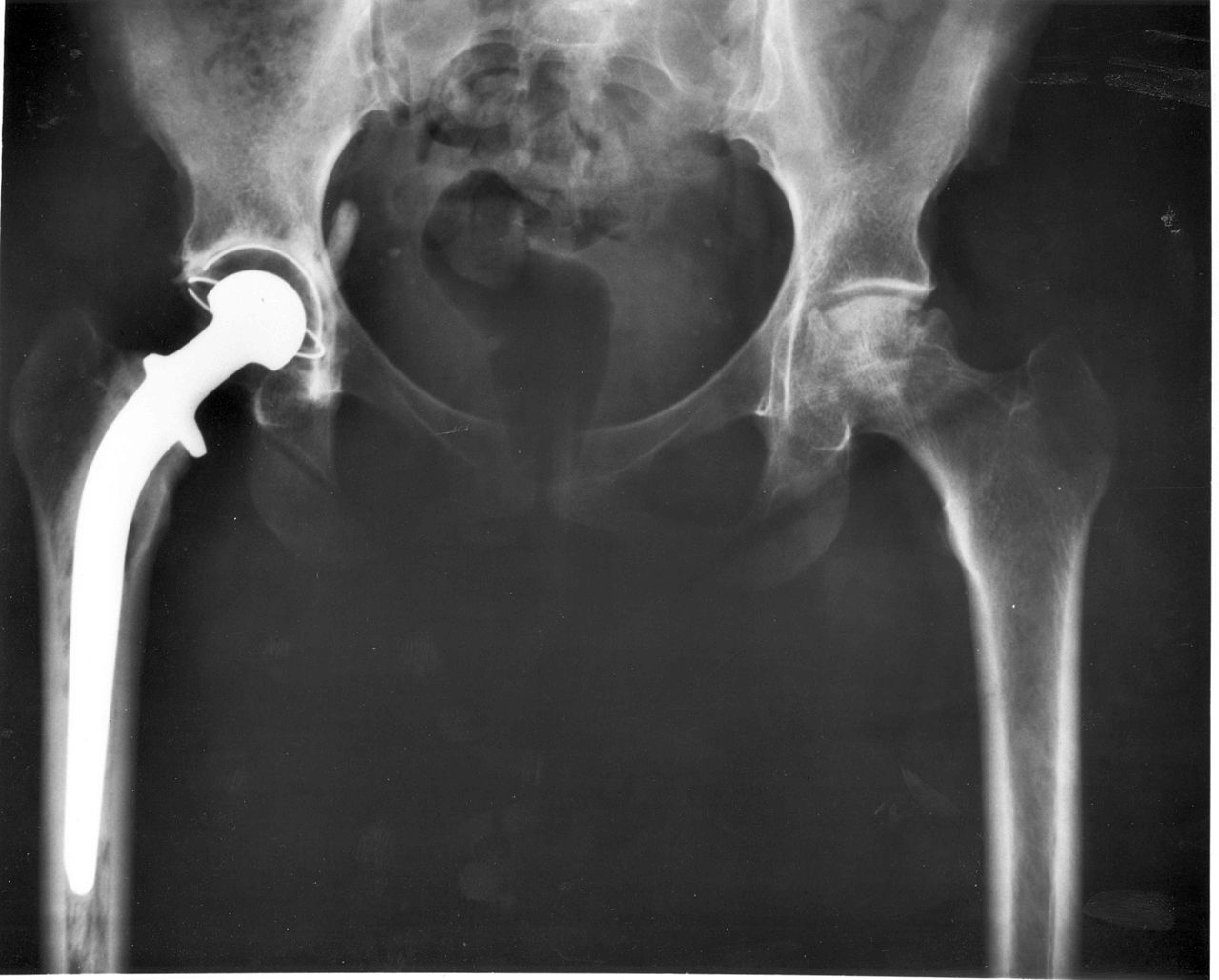
 When the Death Reference Desk started in July 2009, we immediately began discussing death, dying, the dead body and the economy. You can read all of those posts in the
When the Death Reference Desk started in July 2009, we immediately began discussing death, dying, the dead body and the economy. You can read all of those posts in the 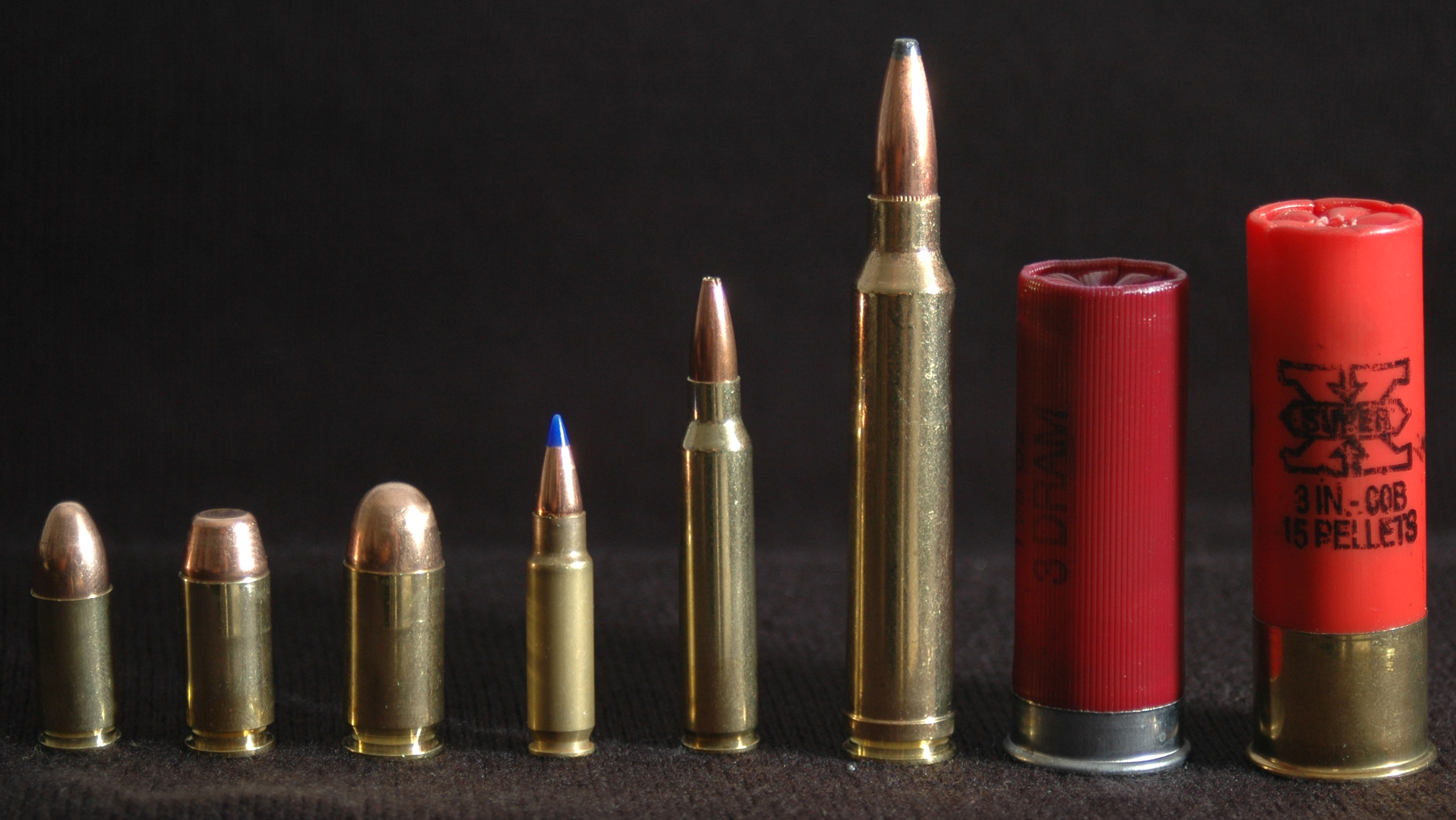
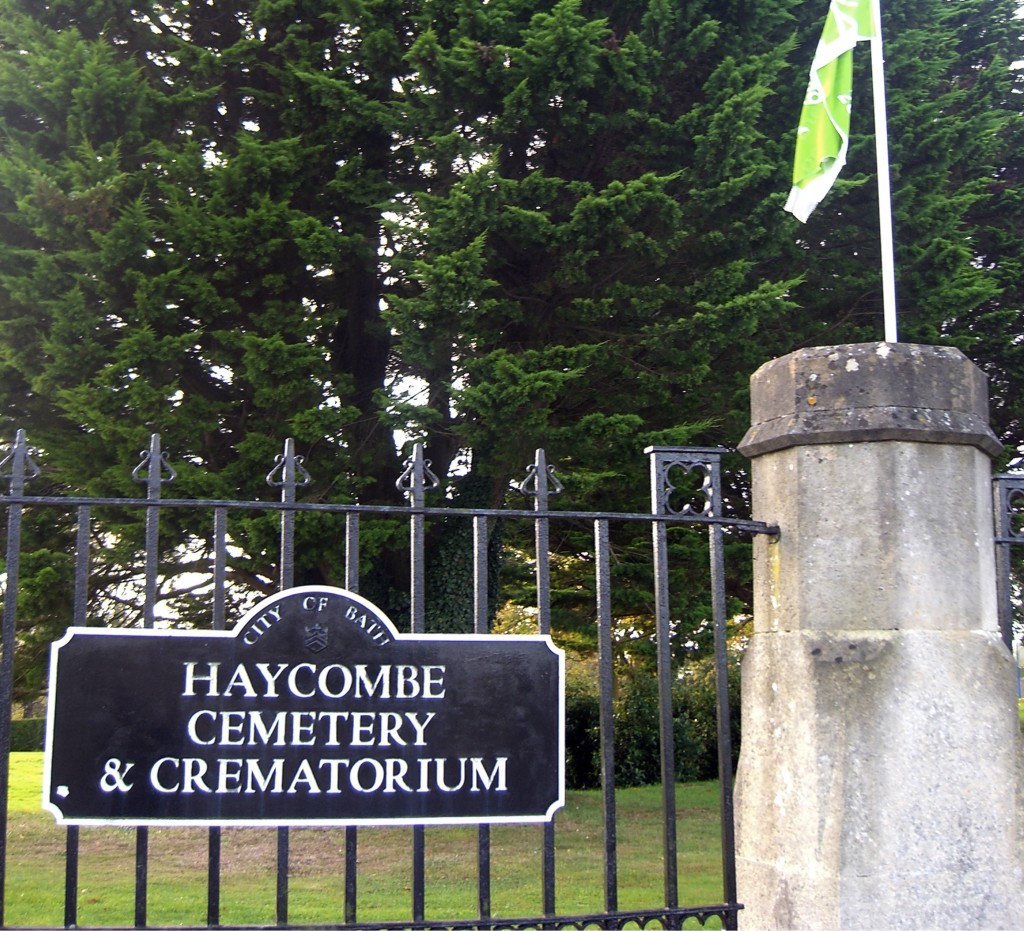
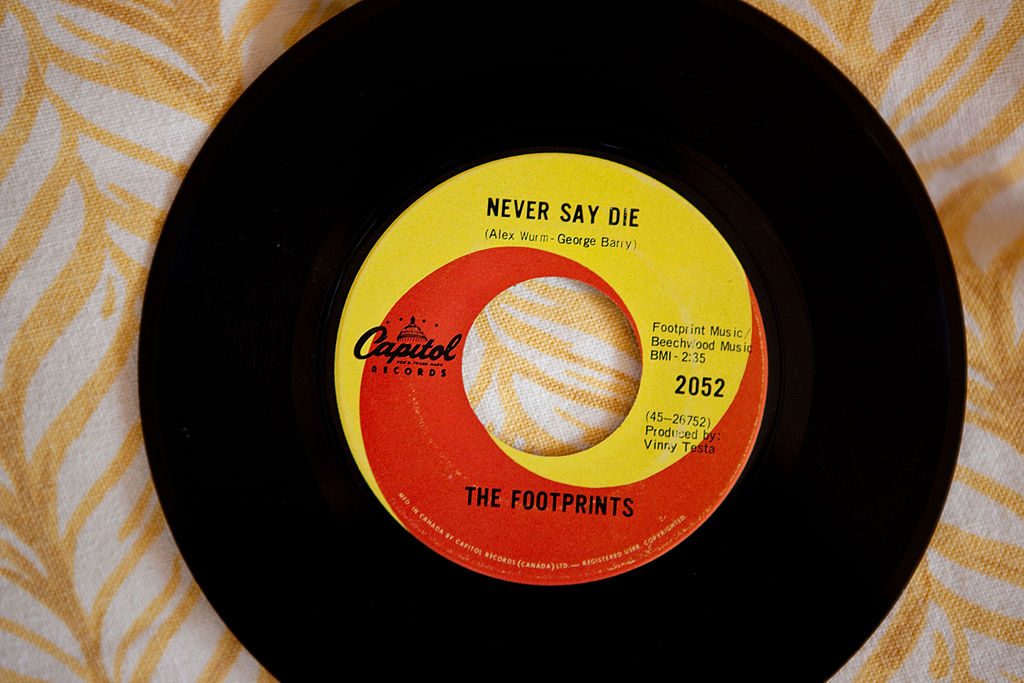

 “There has been significant growth in pet cremation over that past ten years as families seek ways to appropriately memorialize a cherished pet,” said IAOPCC President Scott Hunter, “and at the same time owners want reassurance that the cremation facilities they use provide high quality services for their pets. By working with the Cremation Association of North America, we seek to establish standard industry terminology and practices for the proper respectful care of pets in memorial services.”
“There has been significant growth in pet cremation over that past ten years as families seek ways to appropriately memorialize a cherished pet,” said IAOPCC President Scott Hunter, “and at the same time owners want reassurance that the cremation facilities they use provide high quality services for their pets. By working with the Cremation Association of North America, we seek to establish standard industry terminology and practices for the proper respectful care of pets in memorial services.”
